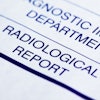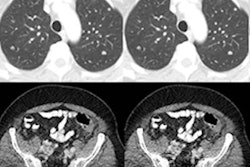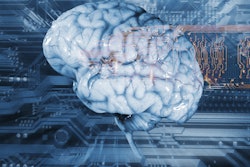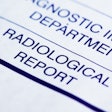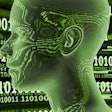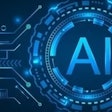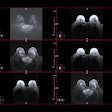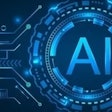
What's needed to accelerate advances in artificial intelligence (AI) in radiology? New image reconstruction methods, automated image labeling and annotation techniques, pretrained model architectures, explainable AI, and imaging data aggregation are all needed, according to a special report published April 16 in Radiology.
The special report was produced as a summary of last year's U.S. National Institute of Biomedical Imaging and Bioengineering (NIBIB) workshop on medical imaging in AI. It offers a roadmap aimed at prioritizing research needs for academic research laboratories, funding agencies, professional societies, and industry. The August 2018 workshop at the U.S. National Institutes of Health (NIH) was also co-sponsored by the RSNA, the American College of Radiology (ACR), and the Academy for Radiology & Biomedical Imaging Research.
In their article, a team of authors led by Dr. Curtis Langlotz, PhD, of Stanford University in Palo Alto, CA, said the following five advances are needed to accelerate the use of AI in radiology:
- New image reconstruction and enhancement methods are needed to produce images suitable for human interpretation from the source data produced by the imaging device.
- Automated labeling methods are needed to rapidly produce training data for machine-learning research by extracting information from narrative reports and clinical notes.
- Novel machine-learning algorithms need to be tailored for the complexity of clinical imaging data, which are often high resolution, 3D, 4D, multimodality, and multichannel.
- Machine learning systems must be capable of explaining or illustrating the advice they provide to human users (so-called explainable AI).
- Aggregation methods for clinical imaging data are needed to produce the large volume of data necessary to train machine-learning algorithms.
"To produce generalizable algorithms, rather than just those that serve communities with a wealth of AI researchers, we describe innovations that would help to produce more publicly available, validated, and reusable datasets against which to evaluate new algorithms and techniques," the authors wrote. "To be useful for machine learning, these datasets require methods to rapidly create labeled or annotated imaging data."
The report also makes the case for development of pretrained model architectures that are tailored for clinical imaging data. In addition, methods must be developed for distributed training of algorithms in order to reduce the need for data exchange between institutions, according to the authors.
"Standards bodies, professional societies, government agencies, and private industry must work together to accomplish these goals in service of patients, who are sure to benefit from the innovative imaging technologies that will result," the authors wrote.

